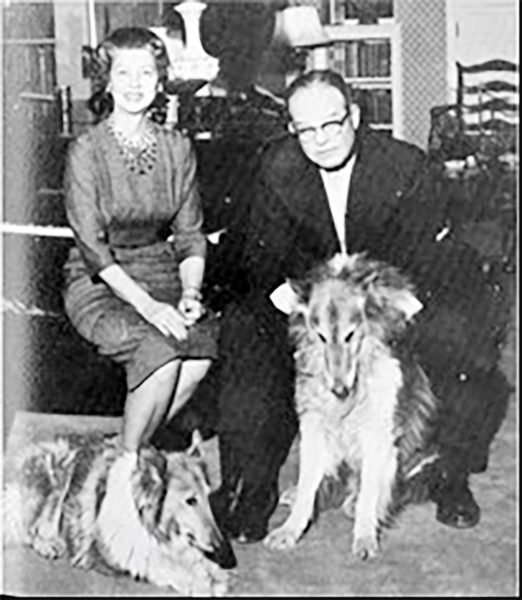
The English Department entered its second decade in 1949 amidst the rapid and significant changes of the post-World War II era.
Several icons of 20th century popular culture were born that year, including Billy Joel, Meryl Streep, Richard Gere, Jeff Bridges, Bruce Springsteen, and John Belushi. Harry Truman was the US president while Josef Stalin and Mao Zedong led his Cold War opponents—the USSR and the People’s Republic of China, respectively. The North Atlantic Treaty Organization (NATO) was established in 1949 to defend its 12 member European states against communism.
George Orwell published his dystopian novel 1984 that year, and Arthur Miller’s play Death of a Salesman won the Pulitzer Prize. And a film version of a literary classic—Hamlet—won Academy Awards for Best Motion Picture, Best Actor (Lawrence Olivier), and Best Art Direction and Costume Design (for a black-and-white film).
In popular music, the hit singles of the
year were “Ghost Riders in the Sky” by Vaughn Moore, Frankie Lane’s “Mule Train” and “That Lucky Old Sun,” The Andrews Sisters’ “I Can Dream, Can’t I” and Gene Autry’s soon-to-be holiday classic, “Rudolph the Red-nosed Reindeer.”
The year began in Fort Collins with a huge blizzard, with snowing falling for three days and high winds whipping it into 30-foot drifts. The Coloradoan reported that
On Jan. 6 a new storm devastated the area. By mid-January, 200,000 people were marooned and faced starvation in ranch houses, trains, cars and towns. Winds of 80 MPH and temperatures as low as 50 degrees below zero were recorded.
The storm claimed more than 100 lives. People and animals were found frozen in snowdrifts. Over-exertion killed other people, and some died of asphyxiation in cars buried by snow.
This was also the year that Colorado A&M music professor Will Schwartz founded the Fort Collins Symphony and that City Park swimming pool opened.
The big news on campus was the installation of a new president, identified in a yearlong search. William E. Morgan began his 20 years as Colorado A&M president on October 1. That was the day of a football game against Wyoming that the Cowboys won, taking home a pair of cowboy boots, the first boot trophy, a tradition that persists, though the single boot awarded is now rendered in brass. Student body president Roy Romer, who would later serve as Colorado governor, presented the boots to the victors.
Enrollment at Colorado A&M had swelled to 4392, driven largely by returning veterans funded by the GI bill. The challenges of increasing enrollment will sound familiar: housing for students was hard to come by and staffing the demand for courses was challenging. The college relied heavily on tuition, and President Morgan was tasked with planning for campus buildings to meet burgeoning enrollments with scarce funds.
The presence of war veterans was felt beyond their sheer numbers. In Democracy’s College, James Hanson reports:
With fresh memories of sacrifices made on behalf of democracy, veterans led a protest against Fort Collins merchants whose ‘White Trade Only’ storefront signs discriminated against “Spanish American” patronage.
The English Department ended the Forties with a solid roster of faculty. Instructors included Murl Casaleggi, Virginia Copeland, Elsie Hindman, Fern Hintiz, and Clarinda Lane. Etholine Aycock, Della Margaret Cortner, Gertrud Biedermann, Irene Bostrom, Harry Hauser, Priscilla Marden Heney, John Lewis, Henry Messick, Richard Sartorius, and Clarence Wentworth were assistant professors. Willard Eddy, Aurelia Brooks Harlan, James Lee Harlan, Roy Nelson, Ruth Jocelyn Wattles, and James Wilson were associate professors. Alfred Westfall and Lester Stimmel were full professors. Westfall continued as department head. Interestingly, Richard Sartorius was listed in the 1948-49 catalog as an assistant professor of English and Music.